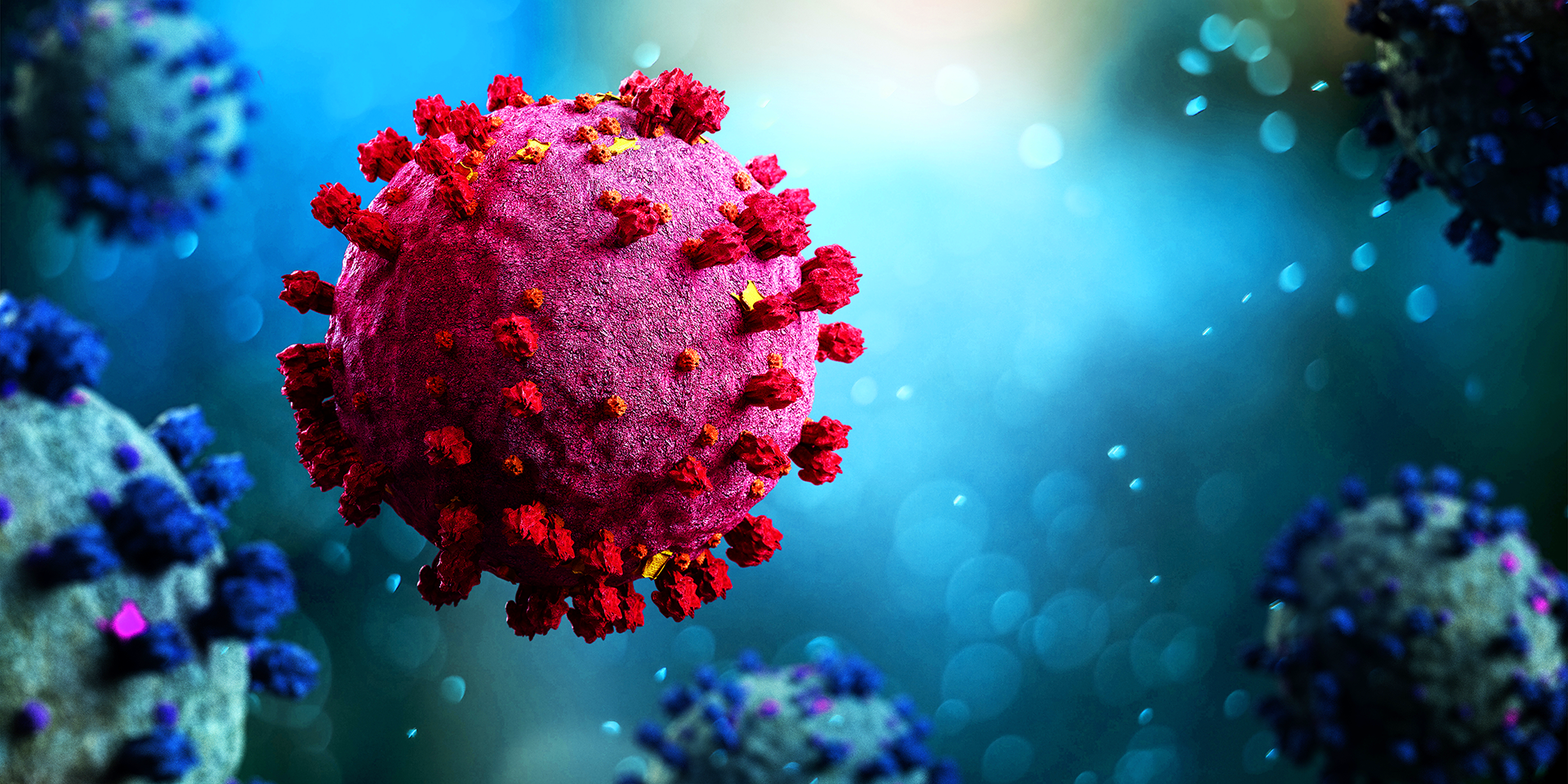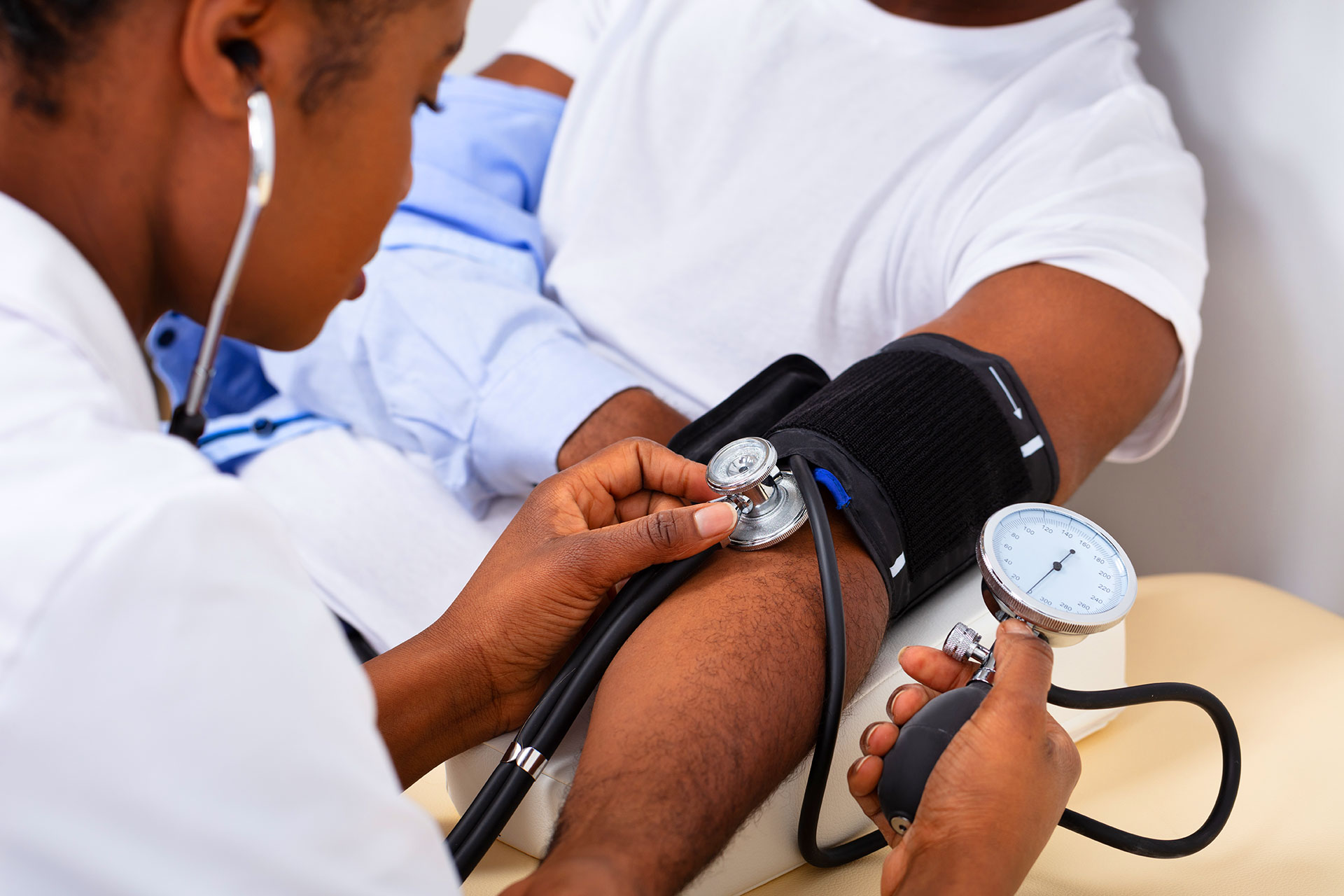The global fight against COVID-19 continues, and with it, the ongoing evolution of the SARS-CoV-2 virus. Staying informed about new variants is crucial for public health and individual well-being. JN.1: A New "Variant of Interest" The World Health Organization (WHO) recently designated a novel strain, JN.1, as a "variant of interest." This designation highlights its …
The global fight against COVID-19 continues, and with it, the ongoing evolution of the SARS-CoV-2 virus. Staying informed about new variants is crucial for public health and individual well-being.
JN.1: A New “Variant of Interest”
The World Health Organization (WHO) recently designated a novel strain, JN.1, as a “variant of interest.” This designation highlights its potential significance and the need for close monitoring. The Centers for Disease Control and Prevention (CDC) in the U.S. is also employing a comprehensive surveillance approach to track this and other emerging variants, showcasing a global commitment to vigilance.
Where Did JN.1 Come From and Where Is It Now?
First identified in Denmark in late July, JN.1 has rapidly spread across the globe. It has now been detected in numerous countries, including Canada, Israel, Portugal, South Africa, Sweden, the United Kingdom (U.K.), and the U.S. This swift international spread underscores the importance of continued global surveillance.
What Makes JN.1 Different?
JN.1 is a descendant of the BA.2.86 lineage, sometimes referred to as “Pirola.” What sets JN.1 apart are a multitude of mutations within its spike gene, particularly a distinctive L455S mutation in the spike protein compared to its parent lineage. These mutations can influence the virus’s behavior, including its transmissibility and how it interacts with our immune system. The heightened concern around BA.2.86, which led to an outbreak in a U.K. care facility, emphasizes the importance of closely watching its sub-lineages like JN.1.
How Are We Monitoring JN.1?
Intensified surveillance efforts are underway globally to track JN.1. These efforts include:
- Genomic Analysis: Sequencing the virus’s genetic material to identify mutations and track its evolution.
- Wastewater Monitoring: Detecting viral fragments in wastewater to gauge community spread.
- Traveler-Based Tracking: Monitoring variants in travelers to understand international transmission.
- Digital Public Health Surveillance: Utilizing digital data to identify trends and potential outbreaks.
These methods work in synergy with established public health systems to provide a comprehensive picture of the variant’s spread and impact.
What’s the Current Risk Assessment?
Currently, global evaluations suggest a low level of additional public health risk posed by JN.1. However, as the winter season approaches in many parts of the world, vigilance remains paramount. The co-circulation of SARS-CoV-2 with other respiratory pathogens could potentially increase the overall burden of respiratory illnesses.
Stay Informed, Stay Safe
The emergence of JN.1 is a reminder of the dynamic nature of the COVID-19 pandemic. Staying informed about the latest developments and continuing to practice recommended public health measures remains essential for protecting ourselves and our communities. We will continue to provide updates as new information becomes available.








